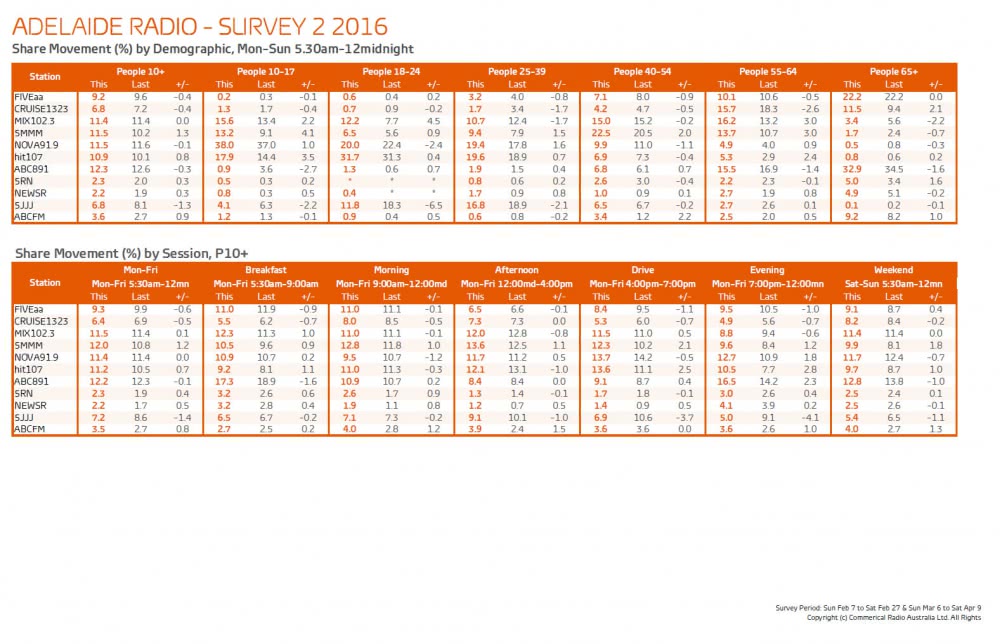There’s been some debate lately about just what kind of audience triple j, popularly known as our “national youth broadcaster”, is meant to serve and what kind of audience their playlist is actually serving.
Sparked by the recent addition of Beyonce’s Lemonade to high rotation, which was then followed by the addition of Drake’s Views, some j listeners claim the station has forgotten its own roots and purpose.
They argue that since triple j is a government-funded broadcaster, there ought to be more transparency about how the playlist is chosen. Ultimately, it’s a matter of “Why don’t they play what I want to hear all the time?”
We can argue all night and day about just how transparent triple j should be, but it’s not the ‘national’ part we’re interested in for the purposes of this discussion. Instead, it’s the ‘youth’ part we’re curious about.
Many dismissed the complaints about Beyonce’s addition to rotation as a case of ‘Old Man Yells At Cloud’, whilst younger listeners, the ones triple j is meant to serve, we’re fully on board with the station’s decision.
This is in large part true, but a surprising pattern begins to emerge when one actually takes a look at the trends in the station’s ratings. Specifically, we had a look at the demographics with which triple j is strongest.
Whilst convention would dictate that a youth broadcaster be most popular amongst the 18-24 demographic, triple j actually dominates amongst 25-39-year-olds. Just take a look at the latest radio ratings survey, which dropped last month.

Image via Radio Today
Melbourne, Sydney, and Perth were the only major cities in which 18-24s commanded a larger share of triple j’s listeners than the 25-39 demographic and even then, Sydney was the only city in which triple j was the preferred station of 18-24-year-olds.
In most cities, triple j was most popular amongst the 25-39 demographic and often outstripped the market shares of other stations, even commercial giants like NOVA and KIIS, who were actually more popular amongst the 18-24-year-olds.
What’s more, it’s been this way for quite some time. Tone Deaf has previously reported on the results of radio ratings surveys in which triple j have absolutely dominated the highly coveted 25-39 demographic.
The news is always tinged with irony. Since triple j is a commercial-free broadcaster, advertisers cannot purchase time on the most popular station amongst their most sought-after age bracket and it’s not clear just why it’s so popular with those in their 30s and 40s.
Part of the reason may simply be that it takes a while to develop music taste outside of the mainstream, a theory for which there is some actual scientific evidence and even Double J presenter Myf Warhurst has touched on this.




































